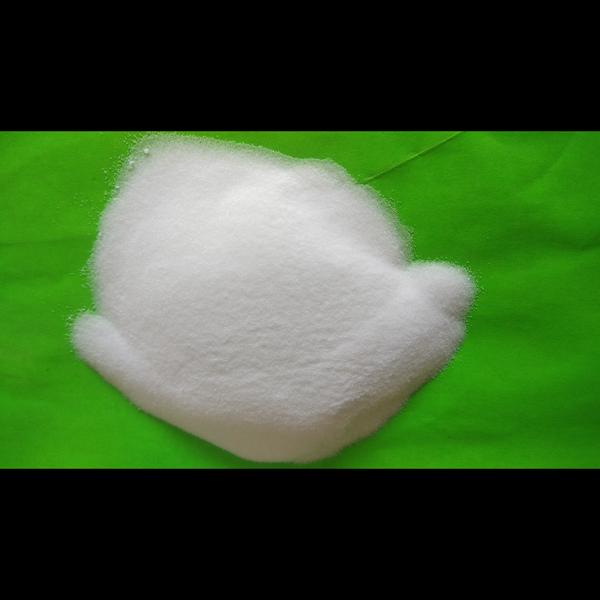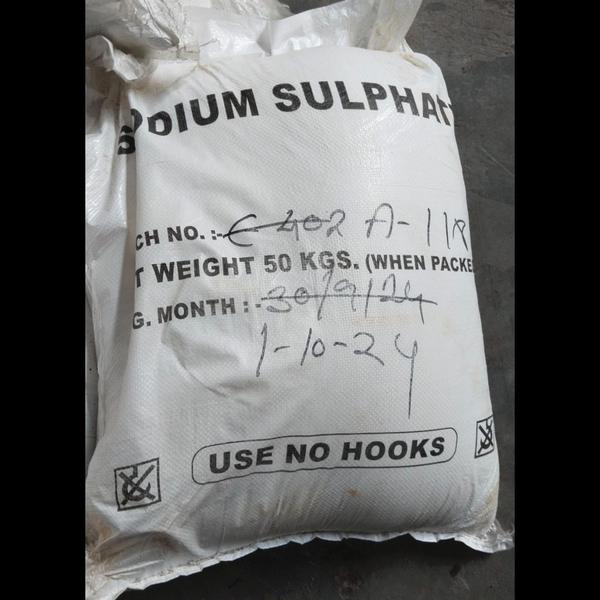Sodium Acetate Trihydrate: Overview
Chemical Formula: CH₃COONa·3H₂O
Molecular Weight: 136.08 g/mol
Appearance: Transparent crystals
Primary Use: Textile dyeing, heating pads, buffering agent, and laboratory reagent
⚗️ Raw Materials Required
Material Chemical Name Purity
Acetic Acid CH₃COOH 99% glacial preferred
Sodium Carbonate / Sodium Bicarbonate / Sodium Hydroxide Na₂CO₃ / NaHCO₃ / NaOH Commercial grade
Water H₂O Distilled or purified
🧪 Chemical Reaction
Basic Neutralization Reaction:
Method 1 (with Sodium Carbonate):
mathematica
Copy
Edit
2 CH₃COOH + Na₂CO₃ → 2 CH₃COONa + CO₂↑ + H₂O
Method 2 (with Sodium Hydroxide):
mathematica
Copy
Edit
CH₃COOH + NaOH → CH₃COONa + H₂O
🏭 Manufacturing Process Steps
✅ Step 1: Neutralization
Add glacial acetic acid slowly to a reaction tank containing water.
Under controlled stirring, slowly add sodium carbonate or NaOH solution.
Maintain temperature between 30°C–40°C.
Reaction is exothermic; allow CO₂ to escape (if using carbonate).
✅ Step 2: Filtration
Once neutralization is complete and a clear solution of sodium acetate is obtained, filter out any insoluble impurities (if present).
✅ Step 3: Crystallization
Cool the solution to room temperature and then to 5–10°C to initiate crystallization of sodium acetate trihydrate.
Crystals begin to form as the solution becomes saturated.
✅ Step 4: Separation
Filter or centrifuge the crystal mass.
Wash crystals with chilled water to remove residual mother liquor.
✅ Step 5: Drying
Air dry or use tray dryers at <50°C to prevent dehydration.
Final product: Sodium Acetate Trihydrate Crystals
🧯 Safety & Handling Notes
Use PPE (gloves, goggles) due to corrosive nature of glacial acetic acid.
Ventilation needed to manage CO₂ release and acetic acid vapors.
Store in moisture-proof containers to retain trihydrate form.
📦 Yield Estimate (Per 100 kg batch):
Acetic Acid: ~60 kg
Na₂CO₃: ~40 kg
Water: ~100 liters
Sodium Acetate Trihydrate Output: ~120–130 kg (depending on purity and process control)



